Ensuring excellent colour rendition is key when selecting LEDS to bring colours to life as daylight. Here we show you the difference between CRI and TM-30 and why TM-30 is the ultimate measure.
What is Colour Rendition?
Colour rendition, or fidelity, is the ability of a light source to accurately illuminate a colour compared to a reference source.
How is this measured?
The current method uses a reference pallet of 8 colours (R1-R8) called the Colour Rendering Index (CRI) developed by the CIE. Latterly an additional 6 (R9-R14) more saturated colours have been added but do not have to be referenced. CRI is stated in terms of a factor of 100 e.g. CRI80 or CRI 90 and is an average of colours tested (Ra).
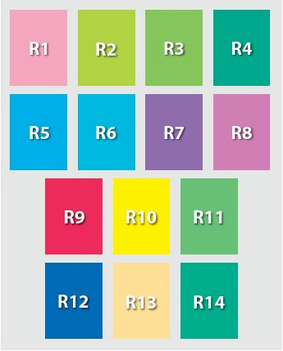
The problem with CRI:
CRI only references fidelity and does not provide any information on saturation, CRI is also limited by only measuring 8 colour samples. Lighting manufactures and lamp producers have been known to use a phosphor mix that attains high CRI figures, in the real world the colour quality of these light sources can be considered poor.
The future of Colour Rendition:
The Lighting Industry has taken steps to move away from the CRI method as it is too limited and not a true representation of colour, especially with White LEDs.
What is TM-30?
TM-30 is a new method, developed by the Illumination Engineering Society (IES), to evaluate colour. This method offers two metrics Colour Fidelity (Rf) and Colour Gamut (Rg). Colour fidelity is similar to CRI however references 100 swatches rather than 8.
Colour Gamut is the average level of saturation relative to a reference illuminant (measured between 60 and 140).
The method also details Colour Vector Graphics, these are used to graphically display the hue and saturation vs. a reference source.
TM-30 Colour Pallet
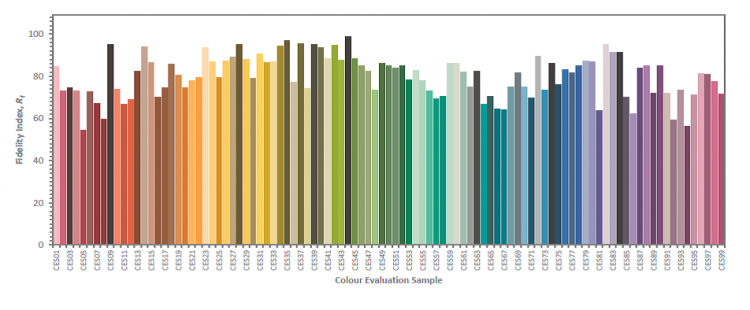
TM-30 Colour Gamut
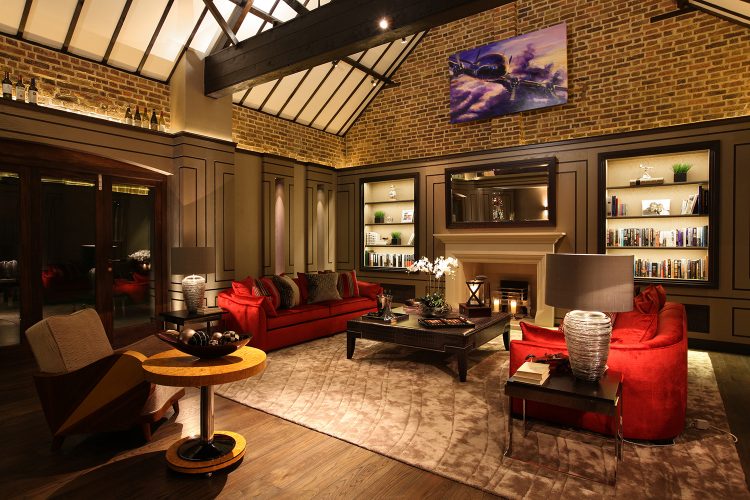
Desaturated
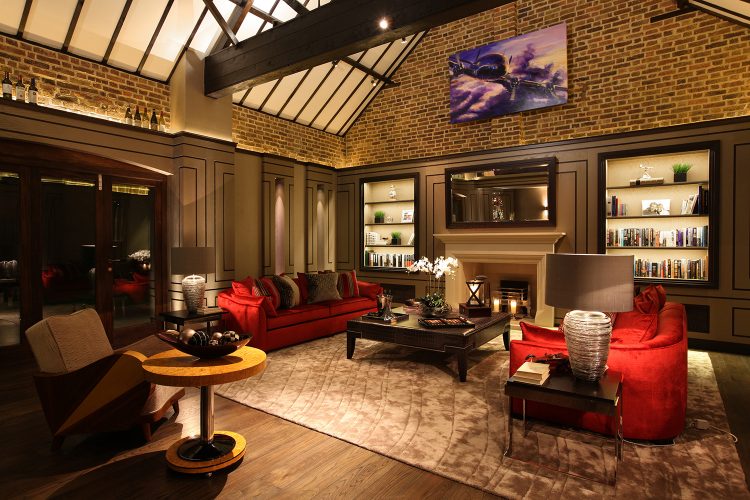
Normal saturation
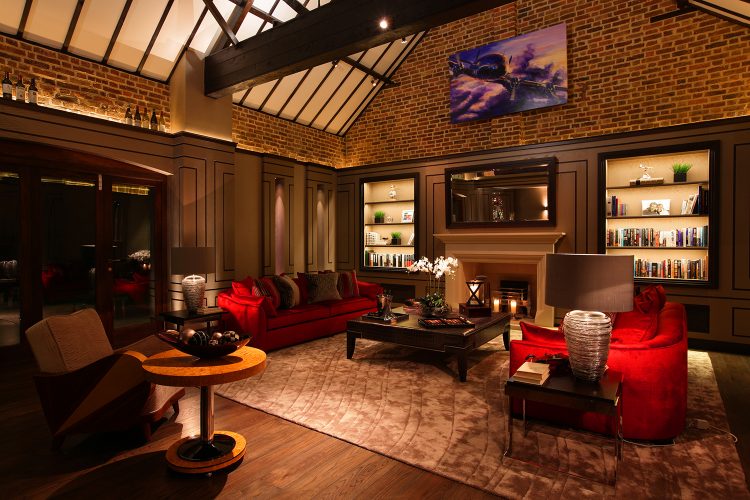
Saturated
TM-30 Vector Graphics
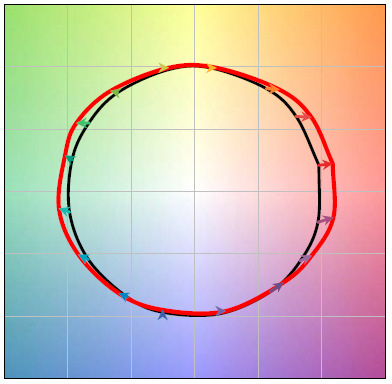
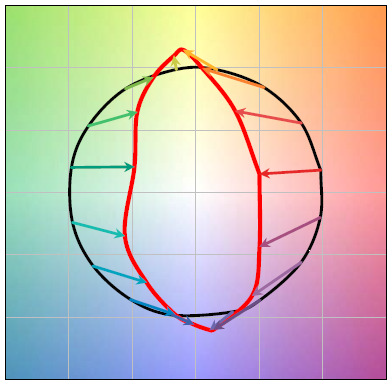
For more information on the product with the best colour for your project, give us a call on +44 (0) 20 7371 9000.